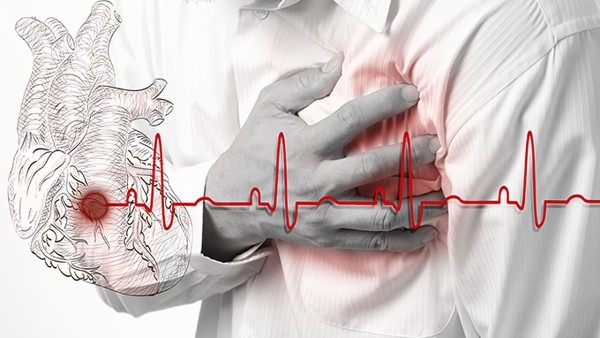原发性高血压的基本病理变化
The basic pathological changes in primary hypertension include vascular remodeling, endothelial dysfunction, and target organ damage.
Vascular remodeling refers to structural and functional changes in blood vessels that occur in response to chronic elevation of blood pressure. When blood pressure increases, the walls of blood vessels, especially small arteries and arterioles, undergo structural changes, such as thickening of the smooth muscle layer and increased collagen deposition. These changes lead to a decrease in the lumen diameter and an increase in vascular resistance, resulting in higher blood pressure.

Endothelial dysfunction is another important pathological change in primary hypertension. The endothelial layer, which lines the inner surface of blood vessels, plays a crucial role in regulating vascular tone and blood flow. In patients with hypertension, the endothelium becomes dysfunctional due to various factors, such as oxidative stress and inflammation. This dysfunction leads to reduced production of nitric oxide, a vasodilator, and increased production of endothelin-1, a vasoconstrictor. As a result, the blood vessels become less responsive to vasodilators and more prone to vasoconstriction, contributing to elevated blood pressure.
Target organ damage is the most severe consequence of long-term elevated blood pressure in primary hypertension. The heart, brain, kidneys, and other organs can be affected. The heart undergoes structural changes, such as left ventricular hypertrophy, which is an enlargement of the heart muscle due to increased workload. This can lead to heart failure and other cardiovascular complications. In the brain, chronic hypertension can cause small vessel disease, leading to ischemic strokes and cognitive decline. The kidneys, which regulate blood pressure, can also be damaged by hypertension, resulting in chronic kidney disease, renal failure, or proteinuria.
In conclusion, primary hypertension is characterized by vascular remodeling, endothelial dysfunction, and target organ damage. Understanding these basic pathological changes is important for the diagnosis, treatment, and prevention of this chronic disease. It highlights the importance of controlling blood pressure and managing risk factors such as obesity, sedentary lifestyle, and unhealthy diet to reduce the burden of primary hypertension.
相关推荐





为你推荐
热门问题
- 1 重度高血压
- 2 原发性和继发性高血压区别
- 3 原发性高血压最常见的并发症是
- 4 原发性高血压诊断标准
- 5 原发性高血压孕妇
- 6 原发性高血压与继发性的区别
- 7 原发性高血压首选的降压药
- 8 原发性高血压是怎么回事














